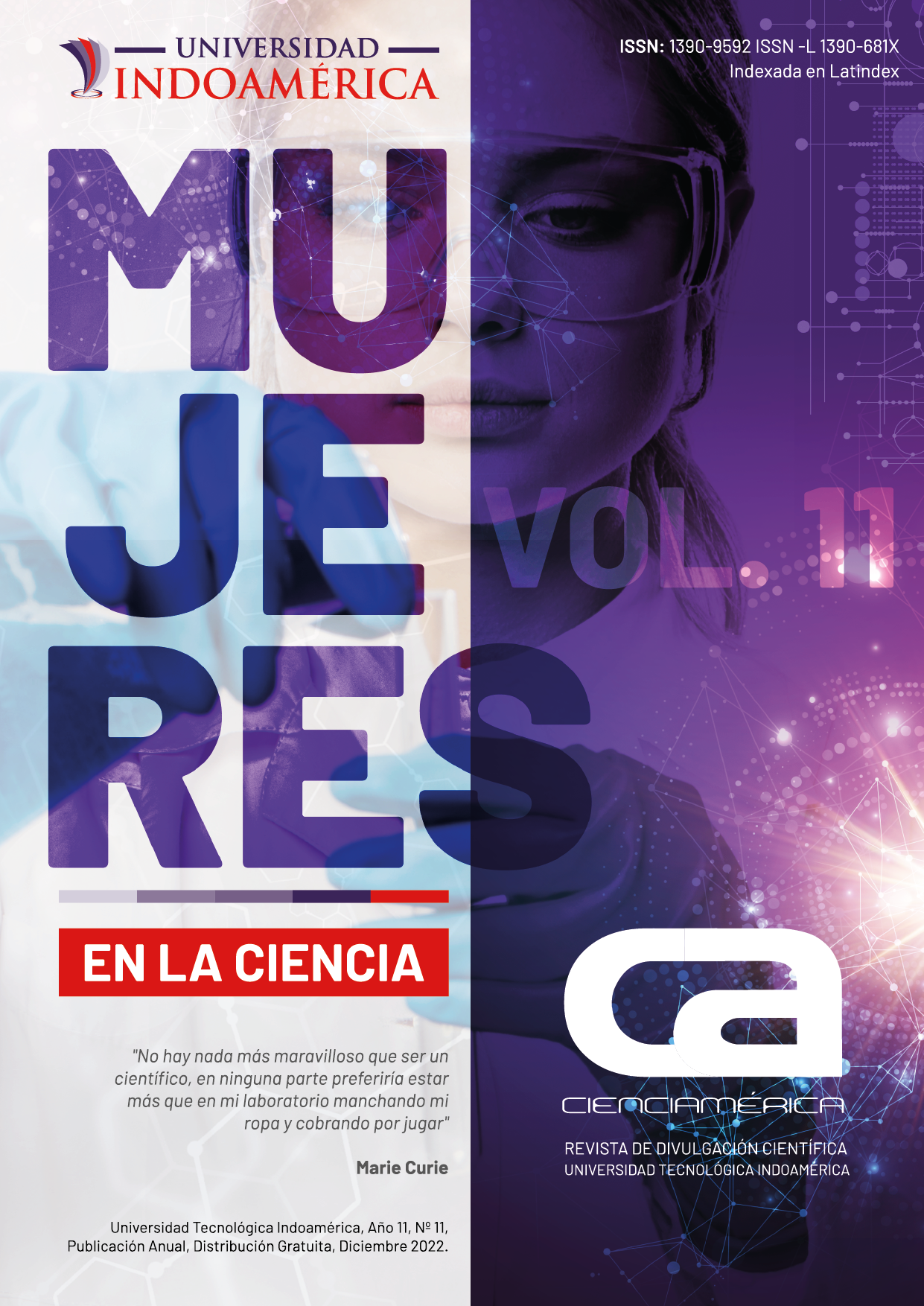Dental anxiety and automatic thoughts in dental patients from the Red Cross, Tungurahua province
##plugins.themes.bootstrap3.article.main##
Abstract
INTRODUCTION. There is little published data on dental anxiety correlated to automatic thoughts, which is a critical factor in why people avoid going to the dentist. OBJECTIVE. To examine the correlation between the levels of dental anxiety and automatic thoughts in dental patients of the Red Cross in the province of Tungurahua. METHOD. This was a non-experimental cross-sectional study with explanatory, correlational scope. Three scales were used: Kleinknecht Dental Fear Scale (DFS), the Modified Dental Anxiety Survey of Corah (MDAS) and the Automatic Inventory of Thoughts by Ruíz and Luján, while the statistical analysis was carried out using Cronbach's alpha. RESULTS. According to the analysis of Cronbach's alpha, the results showed a significant positive correlation between dental anxiety and automatic thoughts. The statistical analysis demonstrated that the most common automatic thoughts are: filtering (51%), fallacy of reason (54%), fallacy of divine reward (54%) and “should”s (50%). Also, 65.9% had moderate levels of dental fears and 46.2% had mild levels of dental anxiety. DISCUSSION AND CONCLUSIONS. The results revealed that levels of dental anxiety vary in terms of the dental procedure that patients have experienced and the low level of anxiety is related to the relational element of the practitioner.
##plugins.themes.bootstrap3.article.details##

This work is licensed under a Creative Commons Attribution 4.0 International License.
The articles are licensed under a Creative Commons CC BY 4.0 open access licence, which means that anyone can download and read the article free of charge. In addition, the article may be reused and cited as long as the original published version is cited. These conditions allow for maximum use and exposure of the work, while ensuring that the authors receive proper credit.
- Esta obra está bajo una
Licencia Creative Commons Atribución 4.0 Internacional
- .


 http://orcid.org/0000-0001-6629-3502
http://orcid.org/0000-0001-6629-3502
